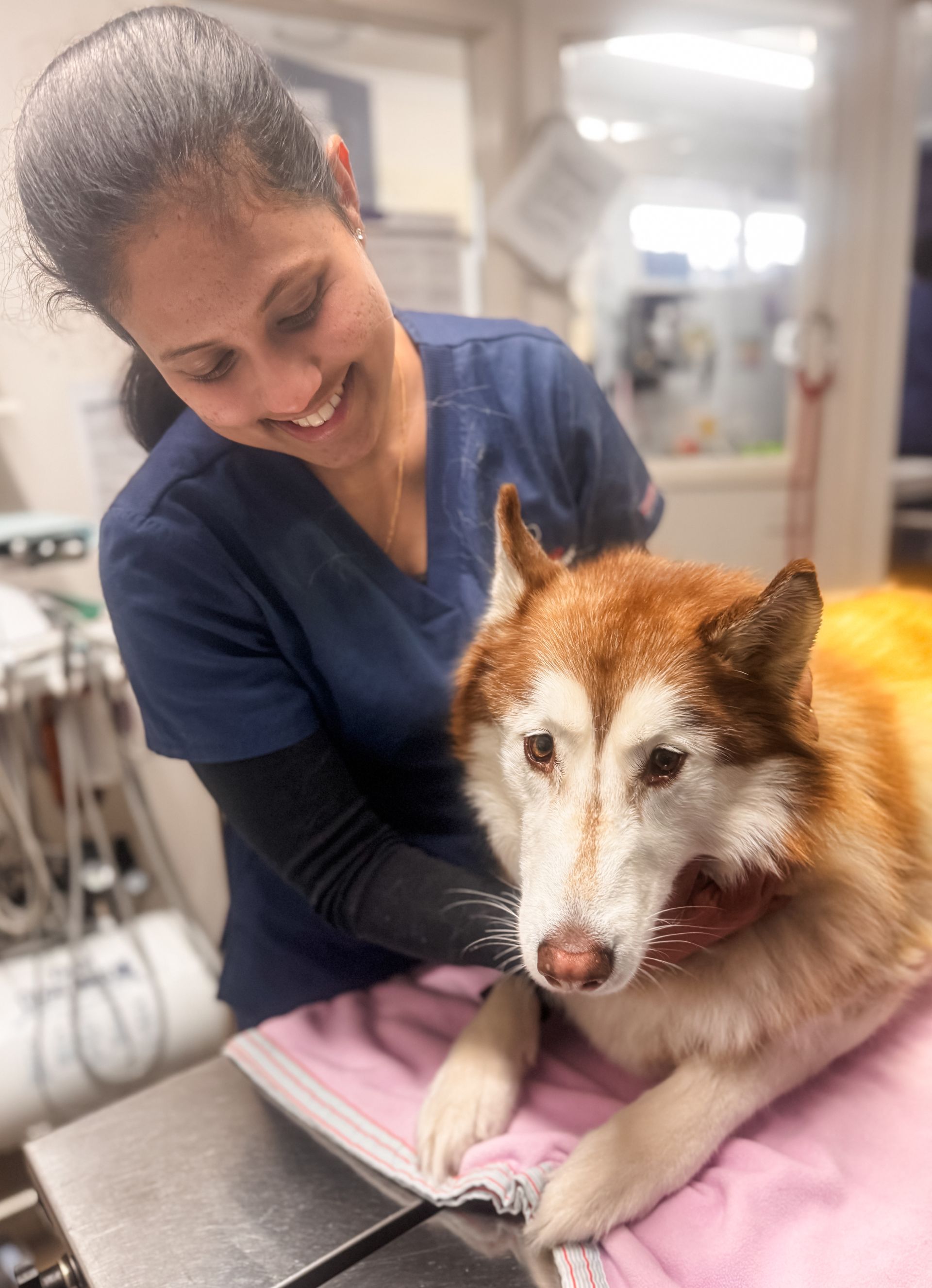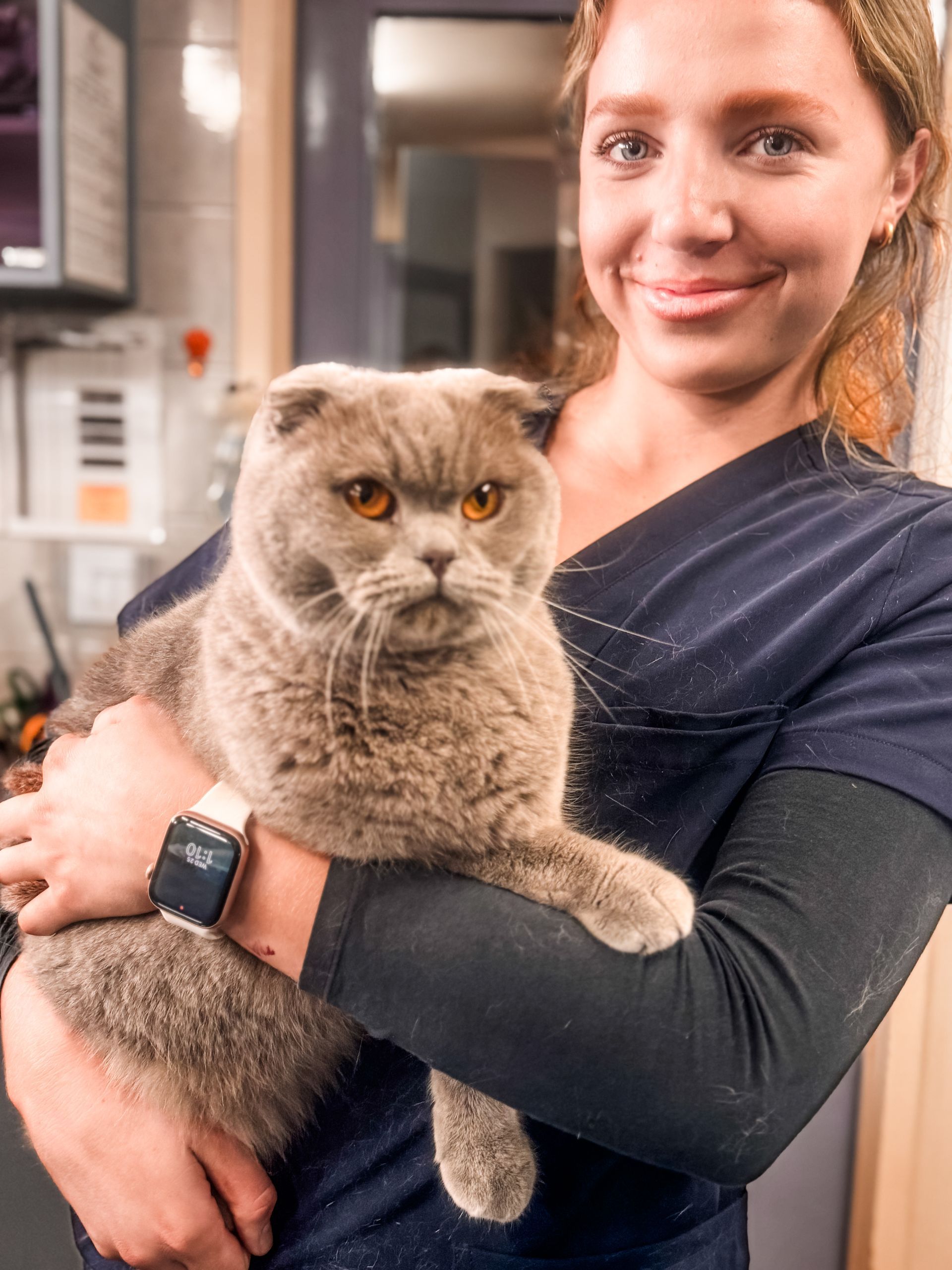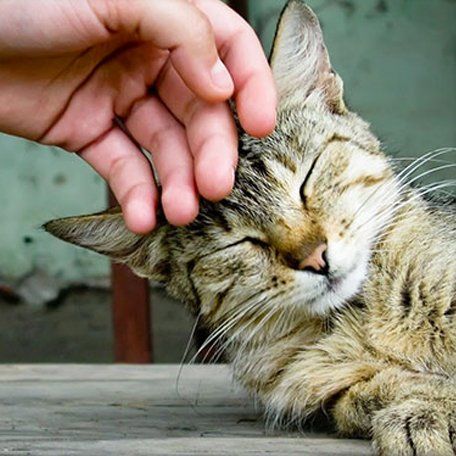New Years Eve FIREWORKS and your Fur-kids
New Years Eve fireworks and the beat of loud music seems to be a common situation around this time of year. For many pets it is not all fun and games, although we as humans enjoy it, for our Fur-kids they can be quite distressed by it.
Spontaneous loud bangs and explosions, and even unexpected noises can send some pets into a manic state and others will become trembling balls of fur.
Here are a few tips to help your companion cope with fireworks and loud noises:
- Keep your pet securely contained for the entire night – a fence may not be enough to keep a determined, scared pet from escaping during fireworks or loud music. Scaling fences can also lead to serious injury for dogs. Ideally you should keep your pet inside, in a secure room, like the laundry where they can neither escape nor hurt themselves. It is important that you don’t tie up your dog at the collar, as in a moment of panic he or she could try to get away causing serious injury to his or her neck.
- Most Importantly, ensure your pet is completely identifiable with a microchip, collar ID tag and most importantly, ensure your contact details are up-to-date. If you have any questions around your pet’s identification the National Pet Register can be contacted 24/7 on 1300 734 738. This gives you and your pet the best chance of being reunited in the event they become lost.
- Keep your pet in a secure indoor area during fireworks and thunderstorms. A laundry or garage is good if you have an outdoor pet.
- Create a hideout for your pet in a quiet room with as few windows as possible. If this is not possible, using a crate as their safe spot/den is a fantastic idea.
- Cover any windows in this room to further block out noise and to block out flashes of lightening or fireworks, or covering the crate with a cover or blanket to create a dark safe spot.
- Create a bed from blankets for burrowing and put an unwashed tracksuit or a similar item of clothing in the room so they have your scent; or prepare your pet’s crate in a similar way.
- A few days before the fireworks, take your pet into the room/crate and give it treats on the blankets so that it gets comfortable being in the room.
- If you are expecting fireworks, take your dog for a walk in the early afternoon to wear it out. this may help with the settling of your pet later that evening.
- Have food available such as kongs, bones, treatballs and long-lasting treats. Extended chewing will help calm dogs and the stimulation will distract them.
- Put on moderately loud music or a TV to muffle loud outside noises and to distract your pet. A small battery operated radio maybe a safe way to incorporate noise. Sometimes familiar ambient noise may help to calm your pet.
- Take your dog to the toilet before locking it up, or if you have a cat, remember to put kitty litter in the room.
Reference Material:
http://adelaidevet.com.au/pet-library/fireworks-and-coping-with-loud-noises











